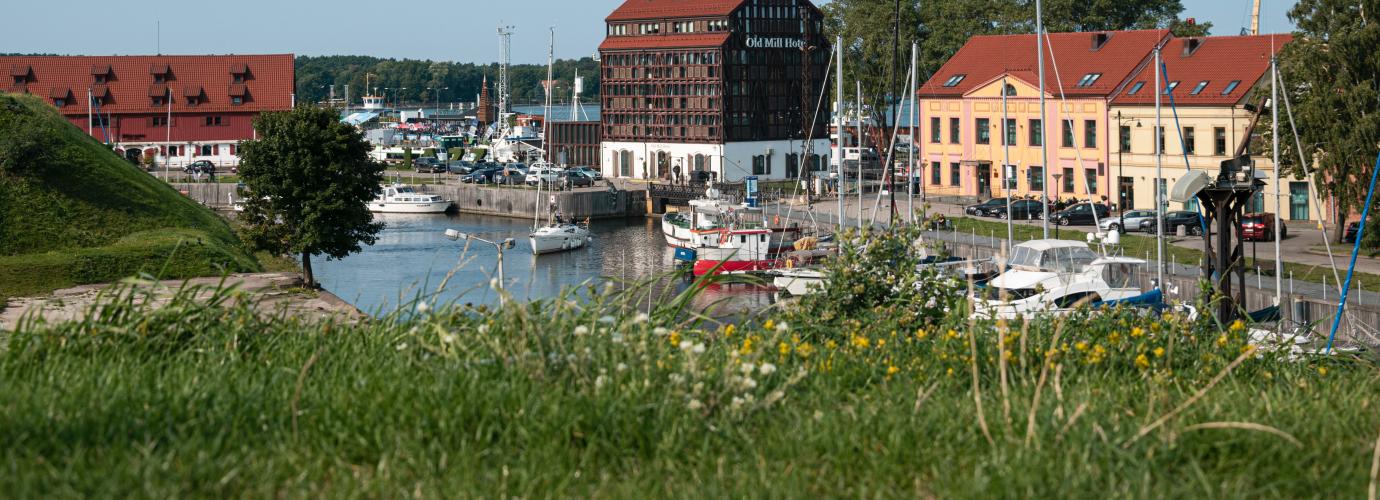Curriculum, subjects, number of hours
UThe organisation of upper secondary education and VET in VET institutions (where students pursue a vocation and at the same time complete one of the levels of the general education) is primarily based on the general education and VET teaching plans and curriculum descriptions for the relevant year. In the current academic year, the organisation of education is based on the General Education Plans of the Primary, Lower Secondary and Upper Secondary Education Curricula for the 2023/24 and 2024/25 School Years, Description of Primary, Lower Secondary and Upper Secondary Education Curricula, General Plan of the Vocational Education and Training Curriculum for the 2023/24 and 2024/25 School Years, the Description of Formal Vocational Education and Training Curriculum), and other legal acts.
Preparation of VET institution’s curriculum
The VET institution prepares its own curriculum for the implementation of general education and VET in accordance with the above-mentioned legal acts. The school’s curriculum describes the implementation of education contents, provides solutions on how to organise the education process, how to evaluate pupil achievements, how to organise practice etc. It is recommended that a working group composed of representatives of the school’s community be formed to prepare the school’s curriculum. The VET provider approves the school’s curriculum before the 1st of September of the school year.
Upper secondary education and VET: subjects and number of hours
The organisation of upper secondary education is coordinated with the implementation of the relevant VET curriculum. The following is the number of lessons in the upper secondary education curriculum implemented together with the VET curriculum in the form of school-based group in-person or distance learning. The number of lessons is specified for two years:
|
Fields and subjects |
Minimum number of lessons to implement the compulsory curriculum |
General |
Advanced |
| Ethics/Religion | 70 |
|
|
| Religion |
70 |
- |
|
| Ethics |
70 |
- |
|
| Languages |
|
|
|
| Lithuanian language and literature | 280 |
280 |
350 |
| Lithuanian language and literature* (including for deaf and hard of hearing groups) | 385 |
385 |
455 |
| Native language (Belarusian, Polish, Russian, German) | 280 |
280 |
350 |
| Sign language (deaf) | 140 |
140 |
|
| Foreign languages |
aimed at B1 level |
aimed at B2 level |
|
| Foreign language (...) | 210 |
210 |
210 |
| Social education | 140 |
|
|
| History |
140 |
210 |
|
| Geography |
140 |
210 |
|
| Integrated history and geography course |
140 |
|
|
| Mathematics | 210 |
210 |
315 |
| Information technology |
70 |
140 |
|
| Science education | 140 |
|
|
| Biology |
140 |
210 |
|
| Physics |
140 |
245 |
|
| Chemistry |
140 |
210 |
|
| Integrated science course |
140 |
||
| Artistic education | 140 |
|
|
| Art |
140 |
210 |
|
| Music |
|
140 |
210 |
| Theatre |
|
140 |
210 |
| Dance |
|
140 |
210 |
| Introduction to arts |
|
140 |
210 |
| Study of computer music technology |
|
140 |
210 |
| Graphic design |
|
140 |
210 |
| Photography |
|
140 |
210 |
| Filmmaking |
|
140 |
210 |
| Physical education | 140-210 |
|
|
| Physical education*** |
140 |
280 | |
| Optional sport or fitness |
140 |
280 | |
| Human safety** | 0,5 |
18 |
|
| Optional subjects, modules, project work |
|
|
|
| Matura project |
|
18 |
|
| Minimum number of compulsory lessons in general education subjects within two school years | 1,190; 1 540* | ||
| Education content selected by the student | 210; 105* | ||
| Total hours within two school years | 1,400; 1 645* | ||
Notes:
* For national minority language groups;
** Integrated into the VET curriculum;
*** Physical education is implemented according to the physical upper secondary education physical education curriculum.
A pupil who studies according to the upper secondary education curriculum together with the VET curriculum must take at least 5 subjects; if the school has formalised teaching in/of a national minority language, the pupil must take 6 subjects. Compulsory subjects are Lithuanian language and literature, mathematics, physical education and the native language and literature (Belarusian/Polish/Russian/German), provided the school has formalised teaching in/of a national minority language). The pupil must also select at least two subjects from at least two subject groups: language education (foreign language [English], foreign language [French], and foreign language [German]), science and technology education (biology, chemistry, physics, informatics, and engineering technology) and social education (history, geography, economics and entrepreneurship, and philosophy).
Teaching methods and materials
The VET institution’s general education teachers and VET teachers have the right to choose the ways and means of organising their teaching activities.
More detailed information about teaching methods and materials used by general education teachers are provided in sub-chapter 6.2.2. ‘Teaching Methods and Materials.
More detailed information about teaching methods and materials used by VET teachers are provided in sub-chapter 6.14.2. ‘Teaching Methods and Materials’.

